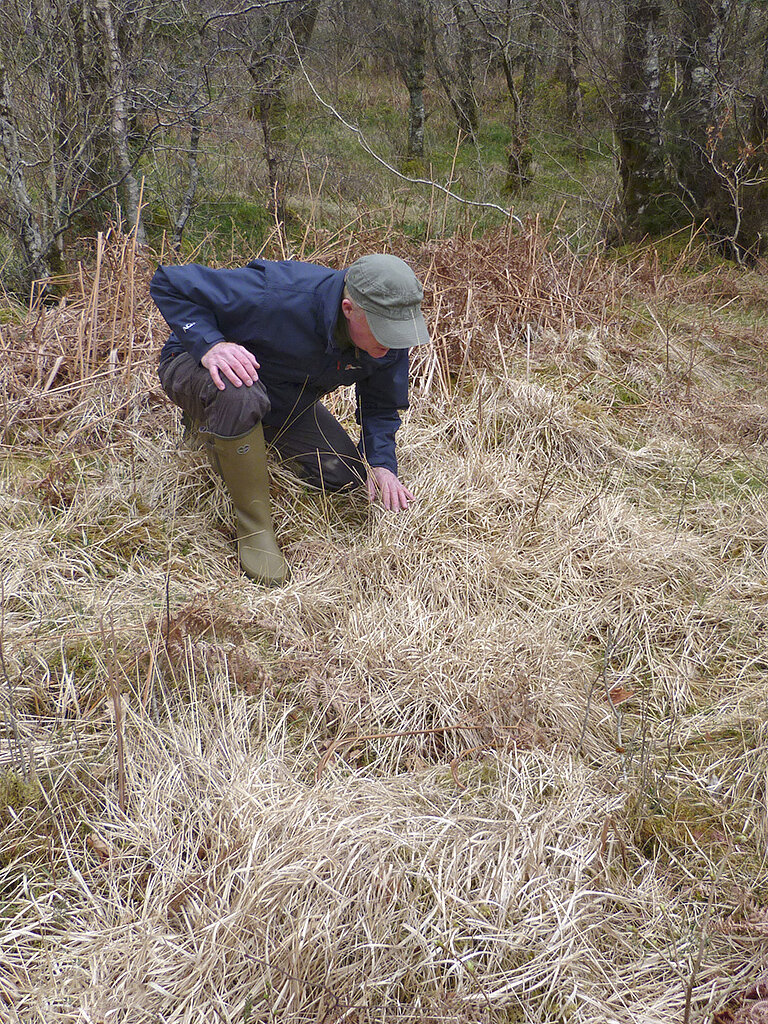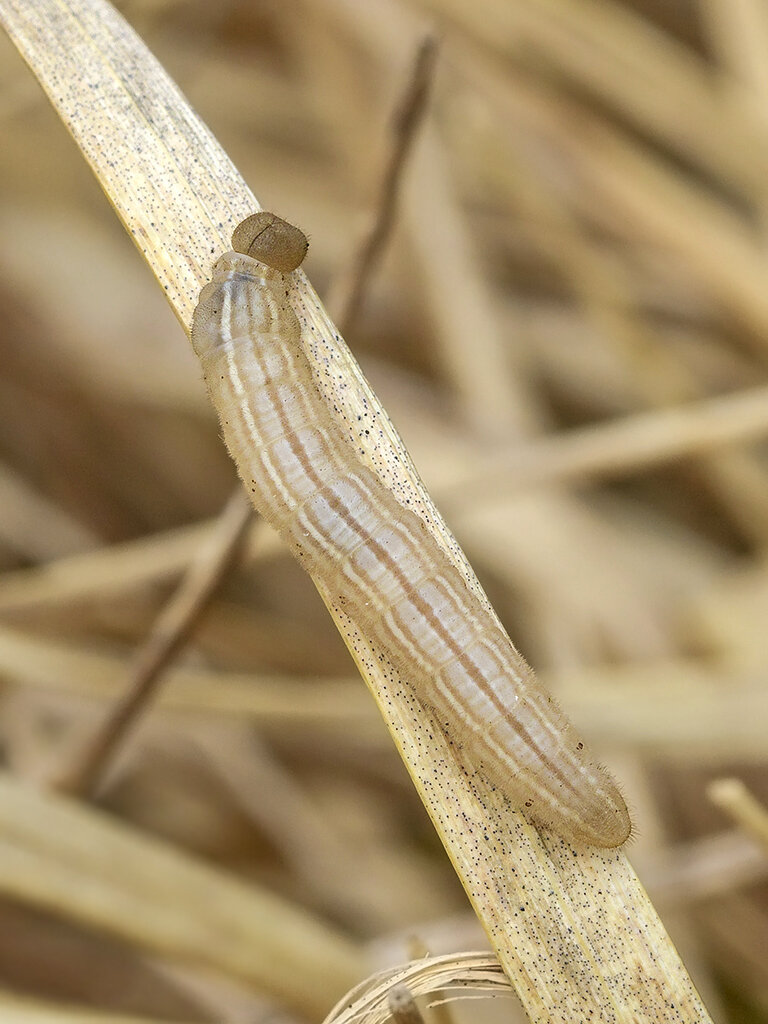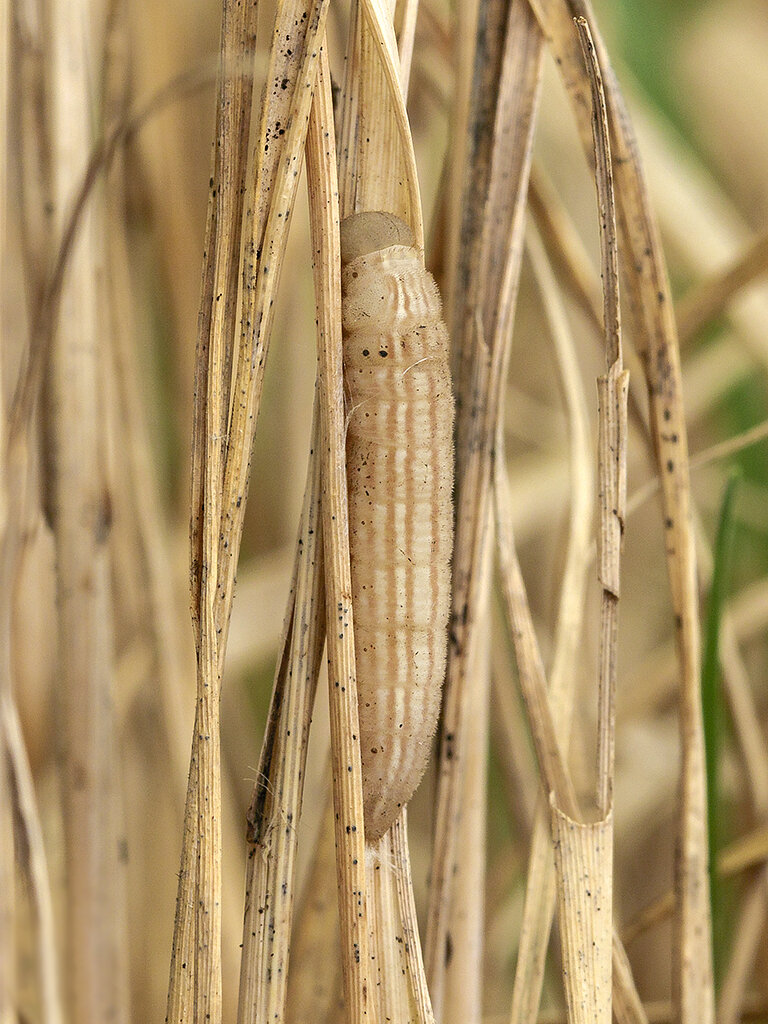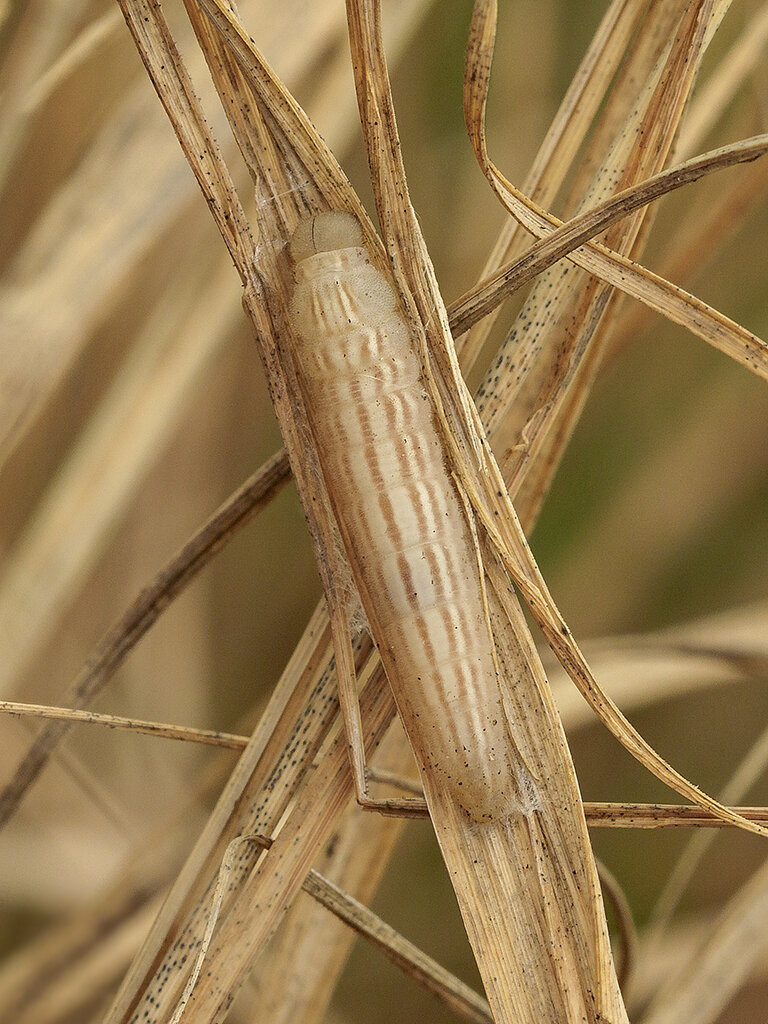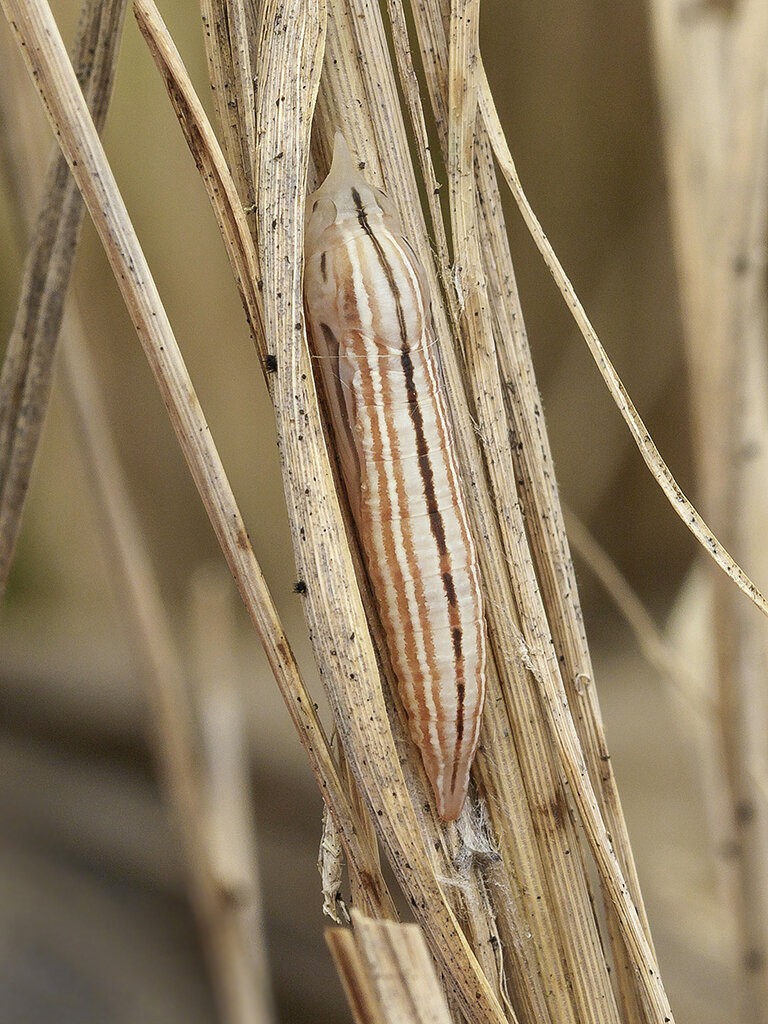Lair of palaemon …
One thing that Peter Eeles makes you realise is that finding the impossible is possible; it just takes dedication, patience and hard work - with good eyesight being an added bonus! Although I have not managed to find as much time as I would like to have done, I have been very fortunate to have visited Scotland on a number of occasions during the last two seasons [2015 and 2016]. My target, with Pete’s guidance, was all stages of the beautiful and enigmatic Chequered Skipper, Carterocephalus palaemon.
Though sadly declared extinct in England in 1976, C. palaemon was formerly found along the rides of wet deciduous woodland and associated areas of limestone grassland of central and eastern England, where False Brome, Brachypodium sylvaticum was used as the larval foodplant. C. palaemon is now confined to north-west Scotland where it was first discovered in 1939 at Loch Lochy in west Inverness-shire; its distribution being centred on Fort William and where the larval foodplant is Purple Moor-grass, Molinia caerulea. The area that C. palaemon inhabits is notable for its climate, warm and wet [with plenty of midges and ticks], with a long growing season and one of the highest rainfalls in Britain. Both are important to the larvae and the range of C. palaemon coincides closely with that of this climate. Indeed, its range may well be determined by the requirements of the larval stage including the abundance of suitable foodplant.
My early visits in 2016 involved searching for post-hibernation larvae and more latterly the pupae, a difficult process but one made somewhat easier by the discrete marker system used in Pete’s study. The pre-hibernation larvae are green (matching the green leaves of the foodplant) whereas the post-hibernation larvae are brown, perfectly matching the colour of the dead leaves of M. caerulea. It takes a while to get your eye in but once you know what you are looking for it gets easier - but certainly not easy. The attached images show (i) the author searching M. caerulea at Glasdrum Wood in April for final instar larvae, (ii) a post-hibernation [final instar] larva, (iii) two images of larvae preparing for pupation and (iv) a pupa at an early stage in its development.
My thanks to Pete for allowing me to share in his research project.
References:
Eeles, P. (2016). A Study of the Life Cycle of the Chequered Skipper Butterfly Carterocephalus palaemon (Pallas). https://www.dispar.org/reference.php?id=119 [Accessed, 12th June 2022].
Ravenscroft, N.O.M. (1992). The Ecology and Conservation of the Chequered Skipper Butterfly Carterocephalus palaemon (Pallas). Unpublished Ph.D. thesis, University of Aberdeen.
www.ukbutterflies.co.uk/species.php?species=palaemon [Accessed, 12th June 2022].
